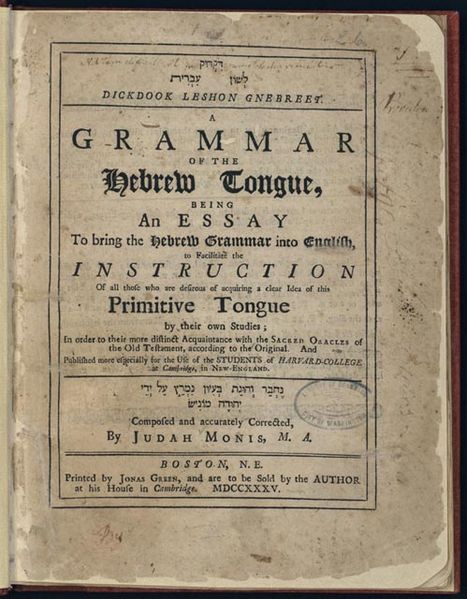LETTER VI
Oxon, March 6, 1735
Dear Sir,
I Had the favour of your letter by Mr. H. and, as desired, I have made enquiry about the post-masters and clerks of Merton. As to the former, I hear, that the five senior fellows have each a power to elect one in his turn, and that there is now a vacancy, but one ready on the spot to supply it, and no likelihood of there being another this long while. The latter are solely in the power of the warden, and though all the places are at present filled up, yet, there will be a vacancy next term, so that, perhaps, by a seasonable application, your brother may get a friend in. Thus much for business.
As for the other particulars, specified in the latter part of your last I find by what I can gather from your own and my brother’s expressions, as well as from Mr. H.’s discourse, that my late letters have met with but a cold reception; and that you seem desirous of hearing no more of so seemingly ungrateful a subject, as submitting our wills to the will of GOD; which, indeed, is all that is implied in that phrase (which our enemy would represent as so formidable to us) of renouncing ourselves. Alas, Sir! what is there that appears so monstrously terrible in a doctrine that is, (or at least ought to be) the constant subject of our prayers, whenever we put up that petition of our LORD’S: “Thy will be done in earth, as it is in Heaven.” The import of which seems to be this. That we do every thing that GOD wills, and nothing but what he willeth. 2dly, That we do every thing he wills, only in the manner he willeth. 3dly, That we do those things he willeth, only because he willeth. This is all, Sir, I have been endeavouring to inculcate in my late letters; and though it seems as clear as the light, upon an impartial and considerate view, yet, our grand impostor (whose very corruption is having a will distinct from, and therefore contrary to GOD’S) would fain set it out in the most hideous colours, as though we were setters forth of strange doctrines; or proposing same higher degrees of persecution, than every ordinary christian is obliged to aspire after; whereas, in truth, it is nothing but the simple and evident language of the gospel. It must be confessed, that through the corruption of our depraved nature, and that power, which self-will has, since the Fall, usurped in the soul, we must necessarily break through a great many obstacles. But, dear Sir, be not dismayed, the difficulty lies only in our first setting out. Be but vigorous at the first onset, and never fear a conquest. The renewal of our natures is a work of great importance. It is not to be done in a day, We have not only a new house to build up, but an old one to pull down. But then, methinks, this would be an odd way of reasoning, “Because a thing requires some pains, I therefore will never set about it.” No, Sir, rather up and be doing. Exert your utmost efforts at your first setting out, and take my word, your strength as well as resolution will increase daily. The means also which are necessary to be used in order to attain this end, our cursed adversary the devil would represent to us in the most hideous forms imaginable, But believe me, Sir, the difficulty here too, only lies in our first breaking from ourselves, and that there is really more pleasure in these formidable duties of self-denial and mortification, than in the highest indulgences of the greatest epicure upon earth. Give me leave, dear Sir, only to remind you of one particular, which, if duly observed, will vastly facilitate your future endeavours. Let the scriptures, not the world, be your rule of action. By those you are to form your practice here, and to be judged hereafter. Upon this account, for the future, I should be glad, if you would communicate what passes between you and me, to none but my brother and your spouse. And if you have any the least scruple, be pleased to send me word of it by a letter in an open, friendly manner; and, by God’s blessing, all things will be yet set right; only be fervent in prayer. As for what the Rev. Mr. Hoar has been pleased to say, either to you or Mr. H. it is not my business (out of deference, as he is so much my superior, as to the dignity of his office, his age, and his learning) to make any reply. I shall only add, what I am sure I can prove, That “the gospel tells us that there is but one thing needful. That we cannot sit down content with just such a degree of goodness, and claim just such a proportionable degree of “glory;” but that “we are to love the LORD with all our souls, strength, &c.” and that “he who endureth to the end, (and he only) shall be saved.””
There is a little treatise lately come out, which I have made bold to send to Mr; Hoar, where we may be fully convinced by argument deducible merely from reason, “that GOD is our sole end,” and that barely upon a principle of prudence, (supposing we could be happy without it) we ought to press forward, in order to attain the greatest degrees of happiness hereafter. Whether this letter, Sir, may prove as offensive as the former, is not my business to enquire, GOD’s will be done in all things. He, and he alone can (and indeed will, if we are desirous of it ourselves) work this conviction in our minds. Give me leave just to add, that I thought it my duty to answer these few objections, that have been raised against the difficulty of conforming our wills to the will of God, by showing that the greatest struggle lies only at our first beginning, and that it is no more than what is indispensably necessary for our salvation. As for the means to be employed for the attainment of this end, I shall be wholly silent: Being sensible, that if you are once fully convinced of the greatness of it, you will be necessarily carried on to the use of such means as GOD hath constituted for that purpose. I hope my writing after this manner, Sir, will not be esteemed a piece of self-conceit, or be an instrument of unloosing our former bond of friendship, which was once designed to be bound the faster, by tying it with a religious knot. But whether this proves to be the event, or not, of my telling my friends the truth, I wholly leave to GOD’s Providence. Be pleased however to favour me with a line in return, and give me leave to subscribe myself, Dear Sir,
Your sincere friend and most obliged humble servant,
G W

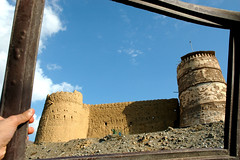
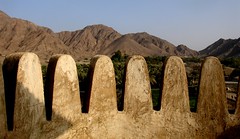




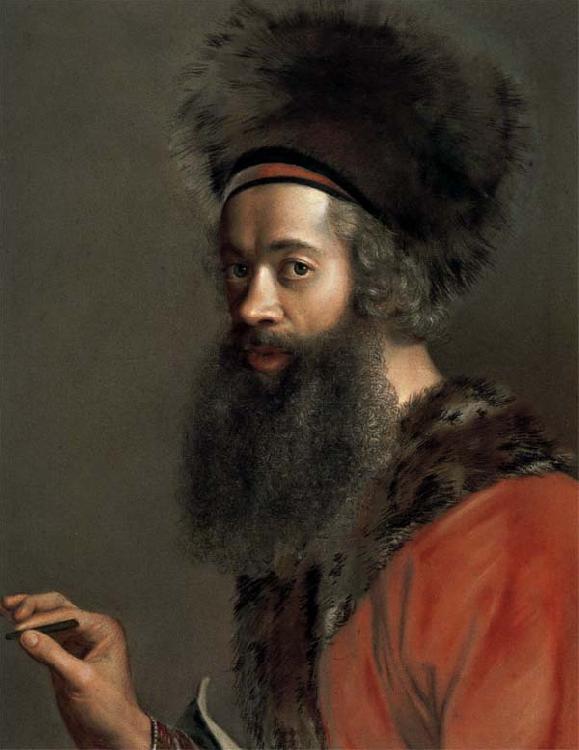



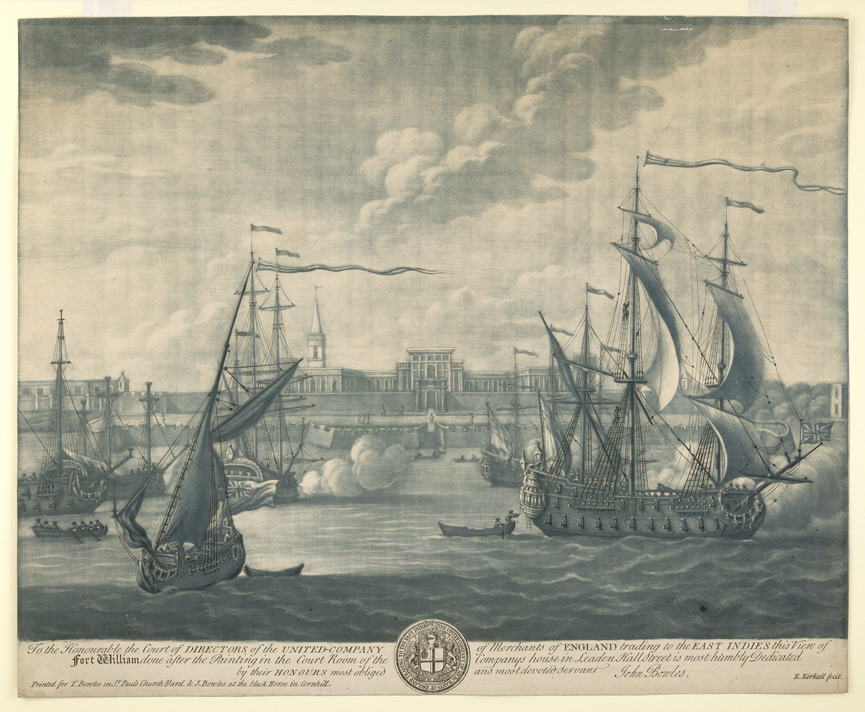



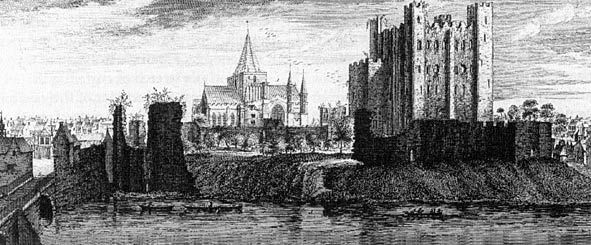
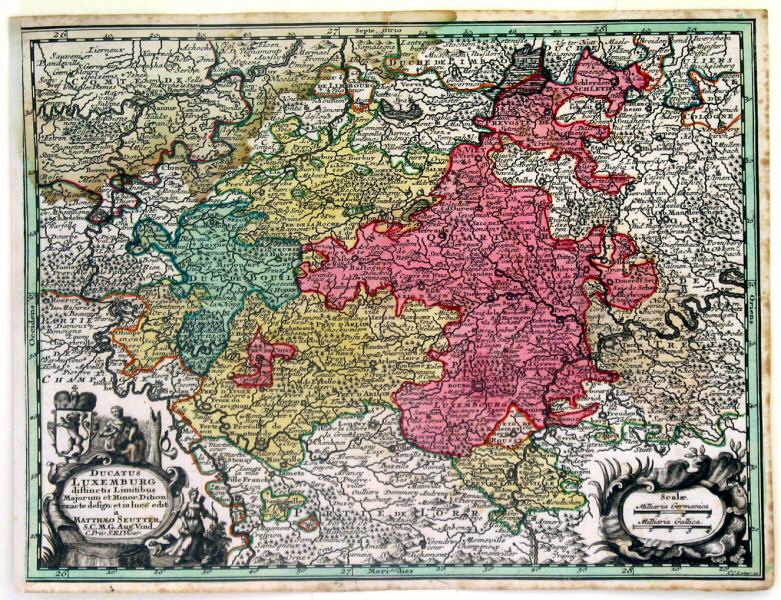
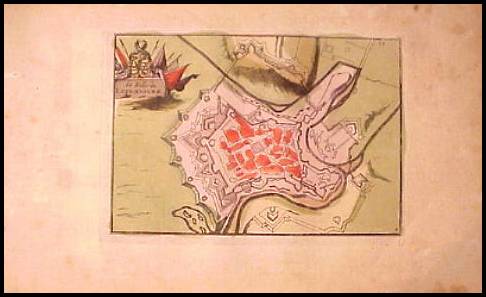




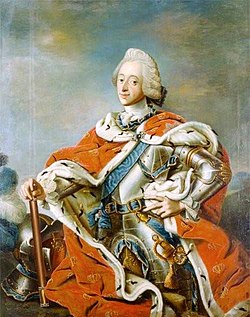

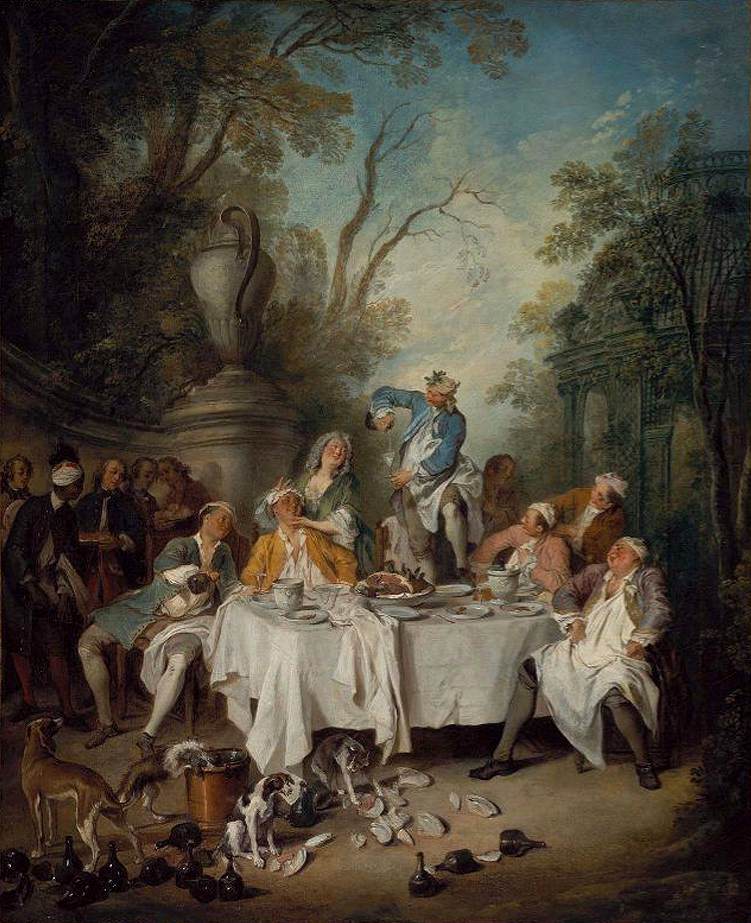




 The soapmaker by the German Martin Engelbrecht (1684-1756), c 1735. See
The soapmaker by the German Martin Engelbrecht (1684-1756), c 1735. See 
